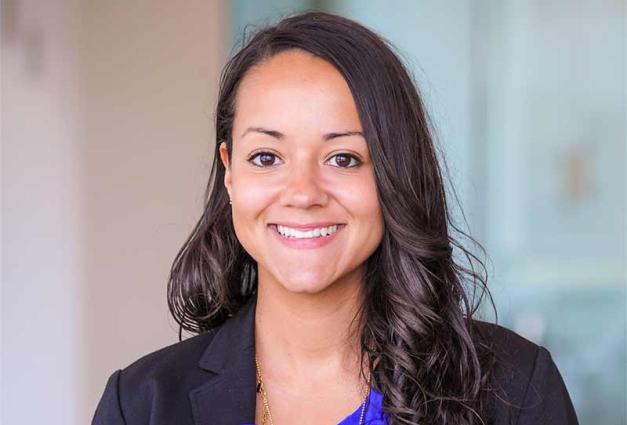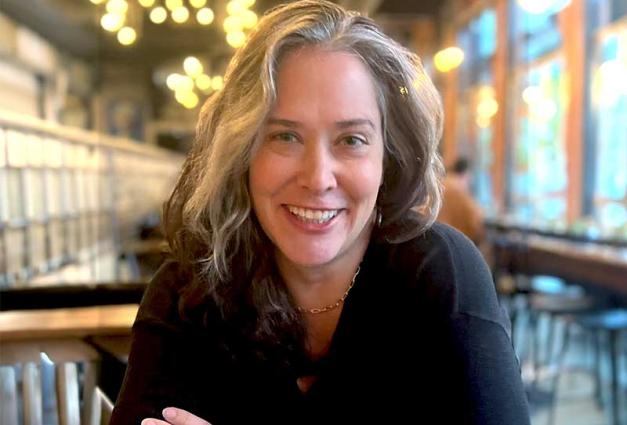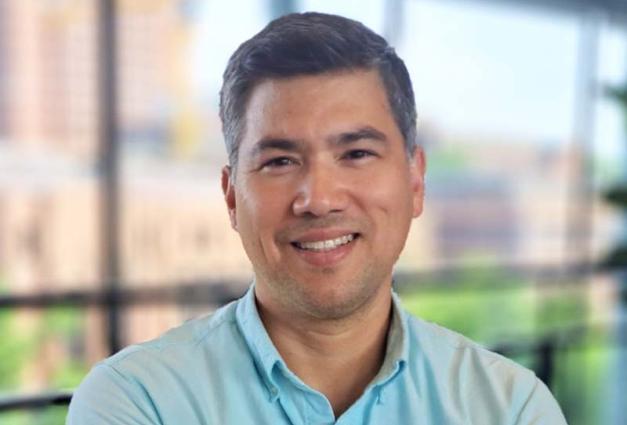Jeanne Tsai is an Associate Professor of Psychology at Stanford University and the director of the Culture and Emotion Lab. She received her B.A. from Stanford University, and her M.A. and Ph.D. from the University of California, Berkeley. Her research focuses on how our cultural ideas and practices shape our emotions, and the implications for mental health, decision-making, and person perception.
What led you to choose a career in personality and social psychology?
A combination of factors led me to personality and social psychology. When I started college, I was interested in understanding people, but I didn’t realize that psychology was a science until I heard a guest lecture by Al Hastorf. He talked about classic studies in social psychology. I loved learning about psychological findings but also about the specific methods that psychologists used, probably because my parents are both scientists. So I started taking as many psychology courses as I could. While I was taking those courses, I was struck by how some of the findings and theories I was learning didn’t describe my own experiences growing up in the U.S. with Taiwanese parents. In particular, the studies that referred to Chinese and Japanese as emotionally stoic seemed odd given how emotional my own family was. So, my first studies tested some common assumptions about differences related to emotion and old age between US and Chinese contexts. As an undergraduate, I worked primarily with faculty who were in personality and social psychology---Laura Carstensen, Lee Ross, Mark Lepper. Although I went to a graduate program in clinical psychology to work with Bob Levenson, I continued to study culture and emotion, topics that are now central to personality and social psychology.
Briefly summarize your current research, and any future research interests you plan to pursue.
My research examines how our cultural ideas and practices shape affective processes (emotions, moods, feelings) and the implications these cultural differences have for peoples’ decisions, their health and illness, and their perceptions and responses to others in an increasingly multicultural world. In particular, we’ve focused on the affective states that people ideally want to feel, or their “ideal affect.” For example, we find that many European Americans ideally want to feel excited, enthusiastic---what researchers refer to as high arousal positive states---more than many East Asians, whereas many East Asians want to feel calm, peaceful, relaxed----what researchers refer to as low arousal positive states. We’ve shown through a series of studies that these cultural differences in ideal affect are related to independent vs. interdependent values; that they are reflected in and transmitted through popular media (including children’s storybooks, Facebook photos, and leaders’ official photos); and that they predict a whole host of outcomes, including people’s recreational and consumer choices, even whom they prefer to have as a physician.
Recently, my students and I have been working on something we’ve called “ideal affect match,” or what happens when we meet people whose emotions match how we ideally want to feel---and how ideal affect match influences our judgments of others and even our willingness to share resources with them. For instance, in a recently published paper (Park, Blevins, Knutson, & Tsai, 2017), we found that when playing multiple trials of a Dictator Game with different partners whose pictures they viewed, European Americans shared more with excited vs. calm recipients, whereas Koreans shared more with calm vs. excited recipients, regardless of recipients’ race or sex. In part, this was because European Americans trusted excited vs. calm recipients more, whereas Koreans trusted calm vs. excited recipients more. These findings suggest that ideal affect match may serve as a potent signal of ingroup---under some circumstances, it may be even more powerful than race or sex. We are currently examining the conditions under which ideal affect match increases or decreases trust and resource sharing, as well as how these processes may influence important outcomes in applied settings, including the corporation, the classroom, and the clinic.
Park, B., Blevins, E., Knutson, B., & Tsai, J.L. (2017). Neurocultural evidence that ideal affect promotes giving. Social Cognitive Affective Neuroscience. Online access. doi: 10.1093/scan/nsx047
Why did you join SPSP?
I joined SPSP because it is the society that most social and personality psychologists belong to, and the conference that most social and personality psychologists attend. So, in order to keep track of the latest personality and social psychology research, one needs to attend SPSP. I also like the format of the conference--- being able to connect with other scholars and learn about recent work in my specific field at the emotion and culture pre-conferences --- and then being able to hear about other work in related areas in the main conference.
What is your most memorable SPSP Annual Convention experience?
I don’t have just one (or if I did, I forgot it!) --- but in general, I love attending the convention because I get to see a wide range of people who I’ve worked with or come to know over my 20+ years in the field: close friends and colleagues, former students, senior mentors. I like to track how they are doing, what research they are excited about, what issues they are grappling with personally and professionally. I also like to see how their work has evolved over time---I’m especially inspired by talks that illustrate how science is a process of discovery that you often can’t predict in advance. I always tell my students that conferences get better and better over time.
How has being a member of SPSP helped to advance your career?
It’s given me the opportunity to present and learn about new research, and to meet with friends and colleagues from around the globe.
Do you have any advice for individuals who wish to pursue a career in personality and social psychology?
Have fun pursuing and exploring your ideas. Do something that connects to real world problems. Try to learn new things and move beyond paradigms that you’ve been taught. Be persistent. Seek help and advice, and give it in return: as my wonderful colleague Hazel Markus says, “You can’t be a self by yourself!”
Outside of psychology, how do you spend your free time?
I like to run and swim outdoors, eat delicious food, and discover new things, especially with my family and friends.




